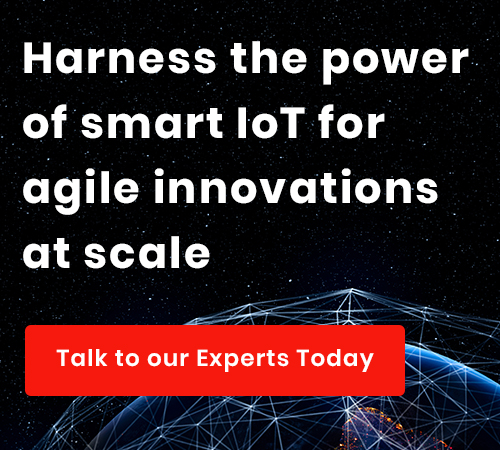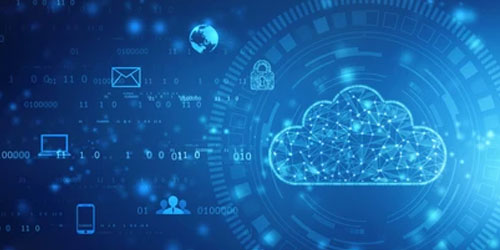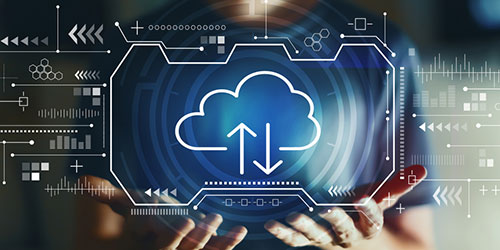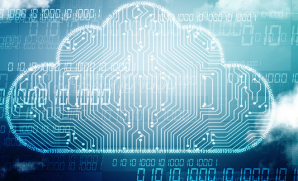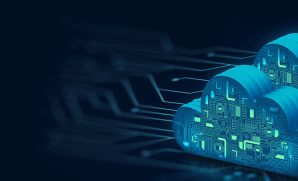AWS IoT Greengrass is software functionality that connects cloud capabilities to local devices. This facilitates devices in data collection and analytics closer to the source (devices on IoT), quicker response time, and secure communication over local networks, even when they are not connected to the cloud. These devices are collectively known as a Greengrass group. Greengrass groups are configured and defined from the cloud but do not “need” the cloud to connect and communicate with each other.
In AWS IoT Greengrass, devices securely communicate over a local network and exchange data without a connection to the cloud. AWS IoT Greengrass achieves this through a local pub/sub message manager that can buffer messages even while there is no connectivity, thus preserving messages to and fro from the cloud.
Building an AWS Greengrass:
Step 1: Establish a Greengrass core:
Every group needs a Greengrass core to function. Central to this group is a physical device, on which the Greengrass core software is installed. The core software securely connects the device to the AWS. There can be only one core to a group.
Step 2: Building a group:
Once the core is established, we can continue to add devices to the group that are themselves on the cloud, or other devices which are AWS IoT provisioned, or AWS Lambda functions – which are essentially simple programs that can process or respond to data. Presently, a Greengrass group can contain up to 200 devices. A device can be a member of up to 10 groups.
Step 3: Code, the group:
Once deployed, the core and devices can communicate, even without a connection.
IoT vs. AWS IoT Greengrass:
The IoT (Internet of things) is a network of connected devices called “Things” that are connected to a cloud server (a fit-bit or a fridge or a thermal sensor could be a “thing”). Data aggregated from these things on to the cloud server, data could be monitored in real-time and react/respond immediately.
The IoT differs from AWS IoT in two core competency areas –
Connectivity: “Things” on the cloud server must always be connected to communicate, relay data, and analyze metrics, which makes connectivity vital to establish control over things on the server.
Security: An essential aspect of any project irrespective of the platform, method, or technology used. Though secure because it is a closed group, the IoT is susceptible to data breaches.
How AWS IoT Greengrass addresses this:
AWS IoT Greengrass, in its basic architectural functionality, is built to communicate with and without access to the cloud.
Further, AWS IoT Greengrass protects user data and maximize security with its solution through secure authentication and authorization of devices. It has a secure connection in the local network, and communication lines secure between local devices, and between devices and the cloud. Device security credentials function in a group until they are revoked, and even if connectivity to the cloud is disrupted, the devices can continue to communicate locally securely.
Benefits of AWS Greengrass:
• Real-time response
AWS IoT Greengrass devices can act locally on the data they generate. While they use cloud capabilities for management, analytics, and storage, they can respond and react immediately – almost in real-time, if required. The local resource access feature allows AWS Lambda functions deployed on AWS IoT Greengrass Core devices to use local device resources to access and process data locally.
• Offline operation
AWS IoT Greengrass devices can collect, process, and export data streams, irrespective of the group being offline or online. Even if there is intermittent connectivity, when the device reconnects, AWS IoT Greengrass synchronizes the data on the device with cloud services, thus providing smooth functioning independent of connectivity.
• Secure communication
AWS IoT Greengrass secures, authenticates, and encrypts device data sourced from both local and cloud communication. Without a proven identity, data cannot be exchanged between devices or the device and the cloud.
• Simple device programming:
Code development in the cloud, and deploying in onto “things” through IoT or AWS lambda, or containers is simple since AWS IoT Greengrass enables for locally executable lambda functions, instead of complex embedded software
• Low Cost:
Better data analytics, at a lower cost compared to IoT, can be achieved through the AWS IoT Greengrass, because it assimilates and aggregates data locally, and transmits “filtered” data to the cloud. This reduces the amount of raw data transmitted to the cloud, minimizing cost, and increasing the quality of the data you send to the cloud.
• Broader platform support:
AWS IoT Greengrass is a flexible software, meaning any device that supports the minimum hardware and software requirements can be put onto the Greengrass group. The AWS IoT Greengrass is evolving even as this article is being read, and as technology advances with time, more and more features will be added to it.
Digitalization is remarkably changing the way we imagine businesses, Find out how YASH can help you re-imagine exciting and better business goals at https://www.yash.com/digital-transformation/automation-anywhere/.




